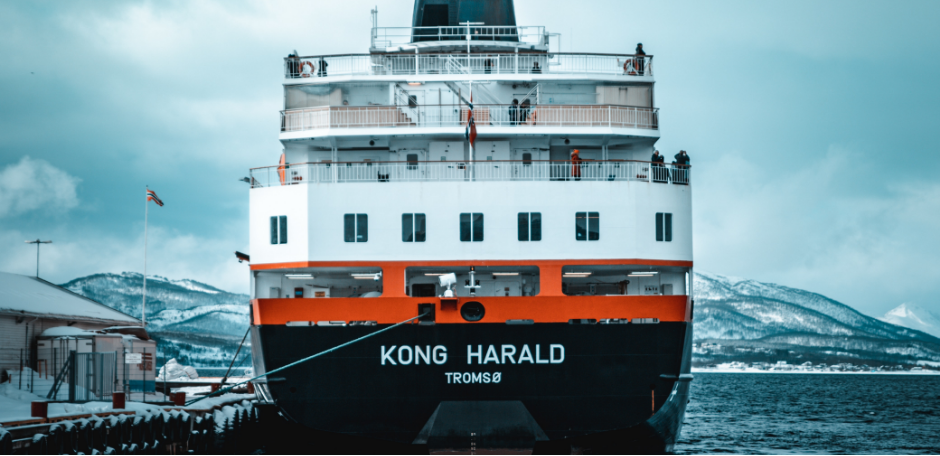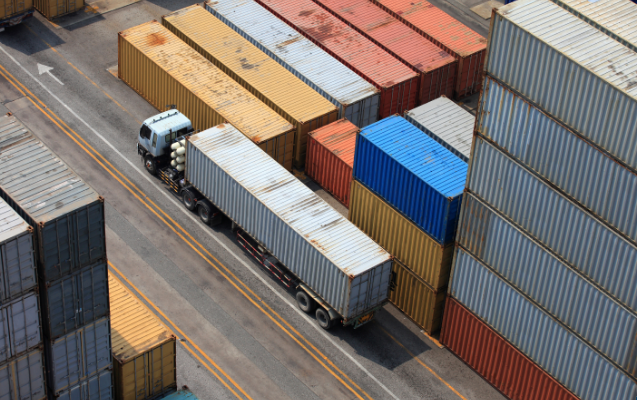Ocean Freight
Ocean freight, also known as sea freight, is a method of transporting goods by ship across the ocean. It’s a common way to move large quantities of goods, especially those packed in shipping containers. Maersk and SEKO Logistics are examples of companies that provide ocean freight services.
Key aspects of ocean freight:
-
Cost-effectiveness:
It’s generally more cost-effective than air freight, especially for large volumes.
-
Global reach:
Ocean freight facilitates international trade by moving goods between countries.
-
Containerization:
Goods are typically packaged into standardized shipping containers for easier handling and transport.
-
Port-to-port or door-to-door options:
Ocean freight services can offer various options, including port-to-port (ship to ship) or door-to-door (from origin to destination).
-
Time-sensitive:
Ocean freight is generally slower than air freight, with longer transit times and potential for delays.
-
Documentation and customs:
It involves complex documentation and customs procedures, including Bills of Lading and Incoterms.
-
Insurance:
Cargo insurance is often necessary to protect against damage or loss during transit.
-
Types of ocean freight:
- FCL (Full Container Load): A full container is shipped, offering cost-effective shipping for large volumes.
- LCL (Less Than Container Load): Smaller shipments are combined with others into a container.
Transportation Service
-
Aenean viverra pellentesque luctus.
-
Warehousing.
-
Warehouse Management Systems (WMS).
-
Freight Distribution.
Book Now
We Covered
158
National Gateways
We Handeled
2058
Tons of road fright
How It Works?
Ocean freight, also known as sea freight, involves transporting goods across oceans using specialized ships. It's a cost-effective solution for large or heavy shipments and is a vital part of global trade. The process typically involves booking a shipment, loading goods into containers, customs clearance at the origin and destination, and finally, delivery to the recipient.



